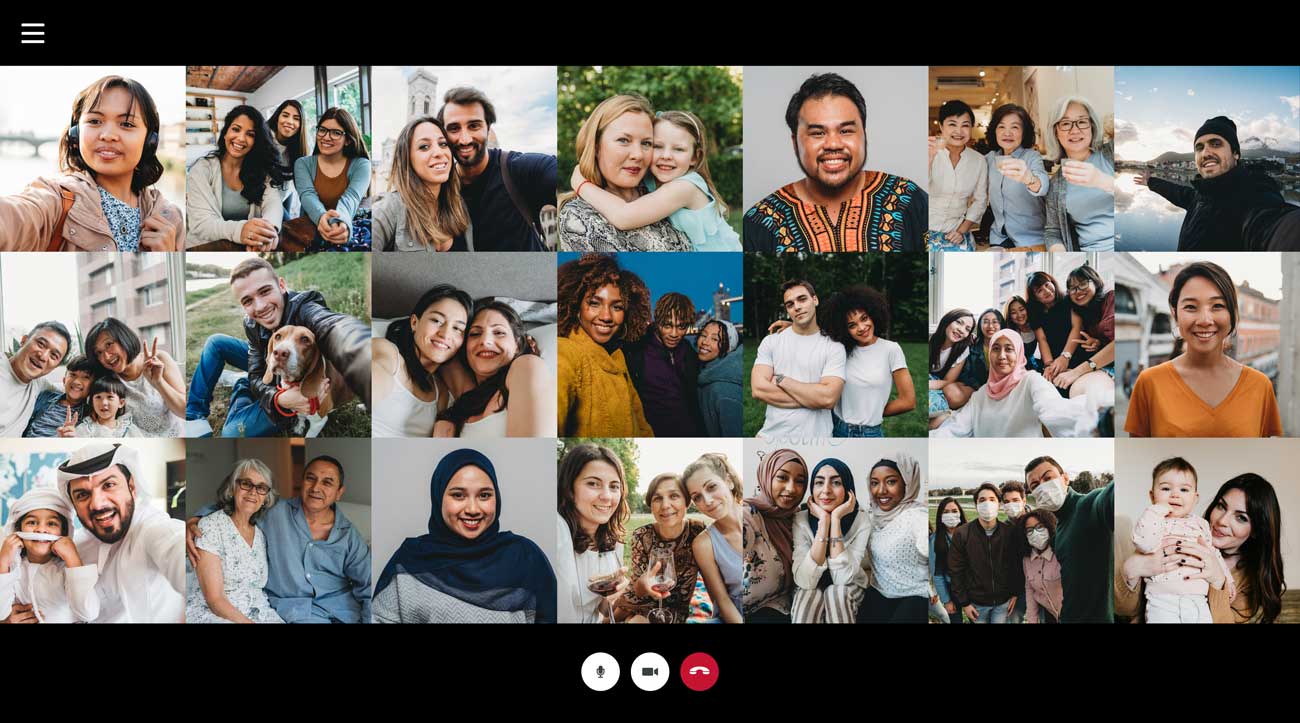
President’s letter
2020 Metrics
Cycle of Translation
Visionary Gifts

Discovery to Clinic

Innovative Education

Translational Luminaries
Introduction
The Ann Kimbell and John W. Johnson Center for Cellular Therapeutics
The Fondren Food & Health Alliance and The Fondren Inflammation Center
Cockrell Center for Advanced Therapeutics
Paula and Joseph C. “Rusty” Walter III Translational Research Initiative
Jerold B. Katz Academy of Translational Research
result
Outcomes Research
Precision Medicine
CPRIT Funding to Drive New Discoveries in Cancer Therapeutics
Siemens Healthineers and Houston Methodist Imaging Innovation Hub Empowers Researchers to Push the Boundaries
Novel Monoclonal Antibody Treatment Halts Tumor Growth in Deadly Ovarian and Pancreatic Cancers
Houston Methodist Institute for Technology, Innovation & Education (MITIESM)
Can Devices Provide A New Treatment Option for Glioblastoma?
Houston Methodist Hospital’s new Paula and Joseph C. “Rusty” Walter III Tower offers the Most advanced treatments and innovations available
Neuroimaging Offers New Insights into Neurodegeneration
COVID-19 Studies
Restorative Medicine
Houston Methodist and Rice University Launch Center for Translational Neural Prosthetics and Interfaces
Non-invasive Spinal Stimulation Enables Paralyzed People to Stand Unassisted
Dissolvable Implants Enhance the Body’s Ability to Heal Broken Bones
Cell Encapsulation May Hold the Key to Preventing Cell Transplant Rejection
Revolutionizing the Future of Complex Valve Disease Management



Science in Service
of
Medicineresult
President's letter
2020 Metrics
Cycle of Translation
Visionary Gifts of Hope


Introduction

The Ann Kimbell and John W. Johnson Center for Cellular Therapeutics

The Fondren Food & Health Alliance and The Fondren Inflammation Center

Cockrell Center for Advanced Therapeutics

Paula and Joseph C. “Rusty” Walter III Translational Research Initiative

Jerold B. Katz Academy of Translational Research

From Discovery to Clinic


Introduction

Restorative Medicine


Houston Methodist and Rice University Launch Center for Translational Neural Prosthetics and Interfaces

Non-invasive Spinal Stimulation Enables Paralyzed People to Stand Unassisted

Dissolvable Implants Enhance the Body’s Ability to Heal Broken Bones

Cell Encapsulation May Hold the Key to Preventing Cell Transplant Rejection

Revolutionizing the Future of Complex Valve Disease Management

Precision Medicine


CPRIT Funding to Drive New Discoveries in Cancer Therapeutics


An Innovative New Tool to Enable Drug Discovery and Personalized Medicine


Devising a Novel Combination Treatment for Aggressive Double-hit Lymphoma



Expanding the RNAcore to Encompass the Entire Cycle of a Cure


Siemens Healthineers and Houston Methodist Imaging Innovation Hub Empowers Researchers to Push the Boundaries

Novel Monoclonal Antibody Treatment Halts Tumor Growth in Deadly Ovarian and Pancreatic Cancers

Houston Methodist Institute for Technology, Innovation & Education (MITIESM)


Surgical Technology Developed in MITIE Gains FDA Approval


Pushing the Frontier of the Robotics Revolution

Can Devices Provide A New Treatment Option for Glioblastoma?

Houston Methodist Hospital’s new Paula and Joseph C. “Rusty” Walter III Tower offers the Most advanced treatments and innovations available

Neuroimaging Offers New Insights into Neurodegeneration

Translational Luminaries


COVID-19 Spotlights Social Determinants of Health
Introduction
01
With CURATOR, Houston Methodist experts gain deeper insight into real-time COVID-19 data trends
02
COVID-19 highlights how the virus has impacted people differently, depending on specific social determinants
03
CURATOR identifies differences between those most impacted during the first and second COVID-19 surges


The arrival of the novel SARS-CoV-2 virus had a profound impact on every aspect of Houston Methodist, challenging us to quickly operationalize a new bioinformatics pipeline to better develop best practices for managing COVID-19 patients, prioritize and facilitate COVID-19 research, and learn which persons are most impacted by the pandemic and why.
The Center for Outcomes Research met this challenge, devising a data repository that obtained real time data about COVID-19 patients’ socio-demographics, diagnoses, treatments, suitability for enrollment in clinical trials, and outcomes.
01
With CURATOR, Houston Methodist experts gain deeper insight into real-time COVID-19 data trends

The rapid global spread of the novel SARS-CoV-2 virus provided an opportunity for Houston Methodist to establish the infrastructure for a learning healthcare system that further merges evidence-based medicine and practice-based evidence.

Farhaan S. Vahidy, PhD
When the pandemic arrived, a cross-departmental big data team led by Farhaan S. Vahidy, PhD, associate director of the Center for Outcomes Research, developed the COVID-19 Surveillance and Outcomes Registry, or CURATOR, to roll out processes for collecting, organizing and analyzing real-time data that’s accessible to research and clinical groups across Houston Methodist.
CURATOR has proven to be an invaluable resource for advancing research and optimizing patient care as the pandemic evolves.

“Houston Methodist’s big data infrastructure and data engineering teams proved to be highly agile and adaptable, which made it possible to establish a robust COVID-19 analytics pipeline in literally weeks. The ability to generate and implement scientific evidence was phenomenal. We consider ourselves battle tested and have confidence in our capacity to respond quickly in the midst of a global pandemic, with the majority of the teams working remotely.”
Farhaan S. Vahidy, PhD, MBBS, MPH
Coneway Family Centennial Endowed Directorship in Quality and Outcomes
Associate Director
Center for Outcomes Research
Houston Methodist
02
Research
COVID-19 highlights how the virus has impacted people differently, depending on specific social determinants

The increase in COVID-19 cases and scrutiny of racial inequality throughout the spring and summer of 2020 has made people more aware of underlying race and ethnic health care disparities. Fairly early in the pandemic, most reports showed higher rates of severe COVID-19 cases and fatalities among minority racial groups across major US metropolitan areas. However, Houston Methodist was one of the first to provide systematically analyzed robust insights on the racial/ethnic differences for COVID-19 infection by harnessing CURATOR.
Analysis of COVID-19 test results and sociodemographic data from across the exceptionally ethnically diverse Greater Houston area revealed that people who identified as non-Hispanic black or of Hispanic ethnicity were almost twice as likely to test positive for COVID-19 than non-Hispanic whites. Vahidy and his colleagues identified possible mechanisms of these racial disparities within the data including lower socioeconomic status, higher comorbidity burden and residence in higher population density areas that may not permit adequate social distancing. These data were published in BMJ Open.
As the pandemic evolves, emerging information on the link between COVID-19 infection and various sociodemographic factors will continue to enhance our understanding of targeted risks for contracting and preventing infectious diseases, enabling Houston Methodist to provide better care for all members of our community.
03
Research
CURATOR identifies differences between those most impacted during the first and second COVID-19 surges
CURATOR’s bioinformatics repository made it possible for researchers to make evidence-based comparisons between Houston’s first COVID-19 surge from March 13 – May 15 and the second surge from May 15 – July 7, 2020 that began two weeks after the statewide phased business reopening program began. Analyzing the electronic health records of hospitalized COVID-19 patients revealed a demographic shift between the first and second COVID-19 surges.

Houston Methodist CEO and Chief Physician Executive Robert Phillips MD, PhD, and his team revealed that patients being admitted during the second surge had shifted toward a younger, largely Hispanic and lower socioeconomic patient population who had lower rates of comorbidities, ICU admissions, and in-hospital mortality than the patients seen during the first surge. These findings were published in The Journal of the American Medical Association.
These findings likely reflect how the phased return to work impacted which people were becoming infected. While many people with desk jobs were able to work from home, people who work in retail, transportation and hospitality service industries, many of whom are Hispanic, interact with the public directly. These findings provided helpful guidance for preparing and managing the next COVID-19 surge during the fall of 2020 both locally at Houston Methodist and for health systems across the country.
More from Discovery to Clinic













